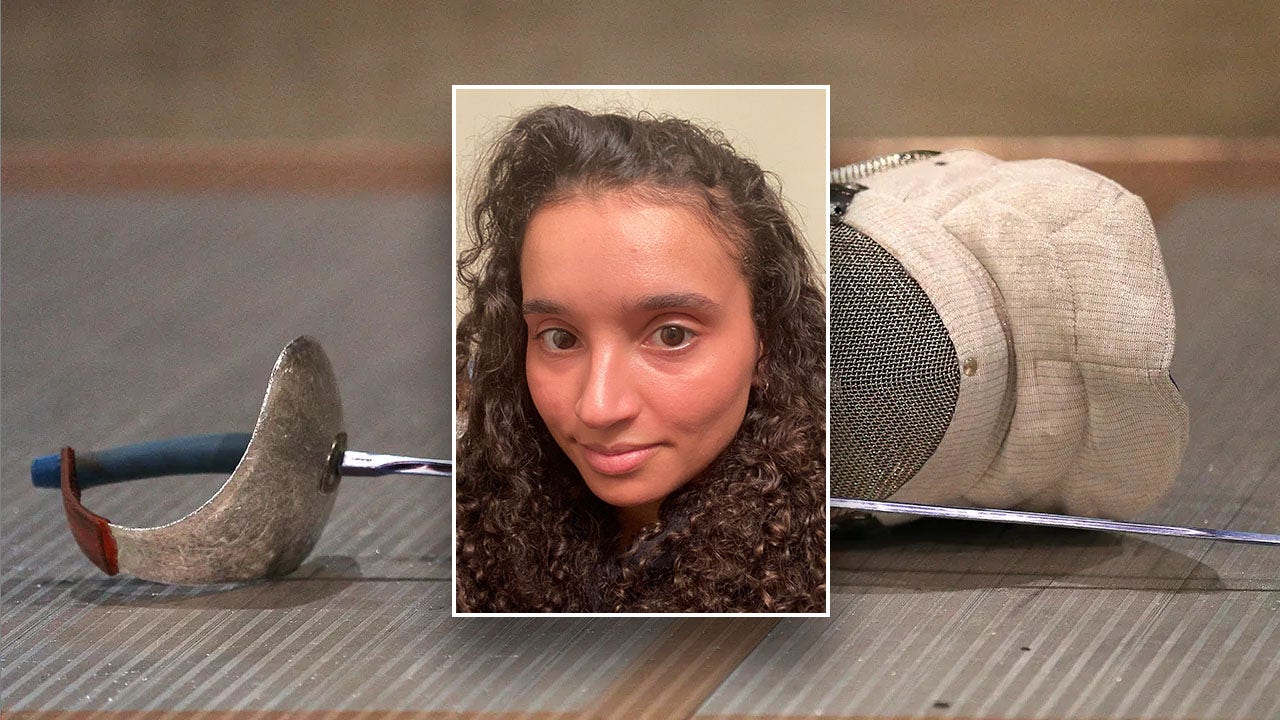
At this week’s winter X Games in Aspen, Colo., judges will carefully cast their eyes over the athletes, as they have since the first edition of the games in 1997, scrutinizing each spin, flip and grab.
But this year, another party will be unofficially weighing in as well: an A.I. judge.
During the snowboard SuperPipe competitions, video cameras will capture the moves of each athlete, and artificial intelligence will take that information, do what artificial intelligence does and provide a score for the routine.
It’s a trial run: Humans will still decide the official scores and the medals, as usual, but commentators and TV audiences will see the A.I. evaluations, too.
Jeremy Bloom, the chief executive of X Games and a former freestyle skier, sees A.I. as a potential “superpower” for judges. “I would say sometimes humans make mistakes,” Mr. Bloom, who also played in the N.F.L., said in an interview. “That’s not to say the A.I. won’t make mistakes, too, especially in this early form, but our goal is to give this tool to judges, so that they can use it in their booth.”
Technology has taken on more and more roles policing professional sports. Line judges in tennis have largely given way to electronic calls, cameras make offside rulings in soccer down to the millimeter and even Major League Baseball is testing automated strike zones.
But judging and scoring sports like snowboarding have largely remained the domain of humans. In time, however, A.I. might become an important tool for judges, not just in snowboarding but also in a host of judged events like diving, surfing and break dancing. An A.I. tool called the Judging Support System has already been used by judges at gymnastics’ world championships.
The International Olympic Committee, in its “A.I. Agenda” released last year, said that “A.I. can help to reduce human bias in judging and refereeing” and “offer real-time analysis,” though it acknowledged it was “still at the beginning of its A.I. journey.”
At the X Games at Buttermilk Mountain in Aspen, this week, A.I. will be helping to judge the SuperPipe event, in which snowboarders perform tricks by launching off a U-shaped chute that’s 20 feet high or more. The A.I. tool that will be used at X Games was developed in collaboration with Google Cloud. (Sergey Brin, a co-founder of Google, is a longtime friend of Mr. Bloom’s.)
The technology could be helpful in other ways, too. In addition to spitting out scores, the tool can provide crucial information about individual snowboard runs. After all, when announcers or judges immediately declare a blur of limbs and a board to be, say, a triple 1620, how sure are they?
“Sometimes you get the tricks wrong because they’re spinning so fast,” Mr. Bloom said. “But this model, because it can watch the video in slow, slow motion, is really accurate in its ability to say, ‘Well, that was a cab 1400.’”
A.I. could also help the athletes in their training, Mr. Bloom said, by providing insights on runs, jumps and how judging works. He noted that when he was an athlete, he wasn’t permitted to talk to judges, making it difficult to determine which trick would be scored the highest. But the A.I. tool X Games is using has the ability, Mr. Bloom said, “to remember every run in the history of ever,” helping athletes hone both their tricks and runs for higher scores.
Mr. Bloom sees a role for A.I. in a number of sports, or “anyplace where the eye can’t keep up with what the athlete is doing.” Judged sports have garnered a particular reputation for occasionally producing bogus winners, as fans mutter darkly about judges delivering a low score.
A.I. has the potential to quiet those complaints. (Or, more likely, to change them to complaints about that darned biased A.I.)
So will the day come when A.I. takes over and puts human judges out of business entirely?
“I don’t think so, personally,” Mr. Bloom said. “But I do think that A.I. in partnership with judges can bring more objectivity to subjective sports, and that’s what’s really important to me.”
“Look, sometimes we humans need some help,” Mr. Bloom added. “And if you could give us the ability to see tricks better and see landings more clear and better understand the judging framework, I can use that as a resource as I’m calibrating my scores. Man, that’s pretty cool.”












